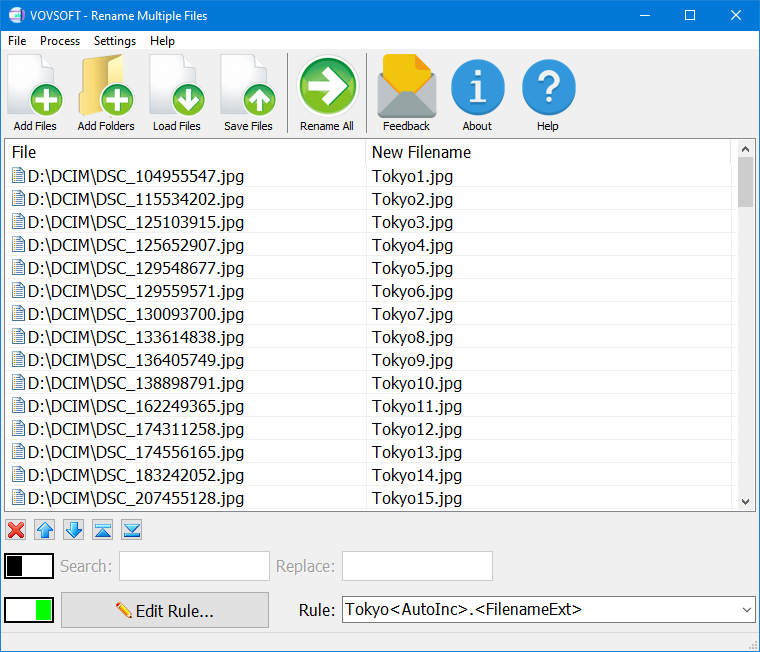
- BULK RENAME UTILITY RENAME USING NUMBER IN NAME HOW TO
- BULK RENAME UTILITY RENAME USING NUMBER IN NAME INSTALL
- BULK RENAME UTILITY RENAME USING NUMBER IN NAME DOWNLOAD
Now, you can change the destination of the output for The renamed files, where the files will be stored after the name is complete, by clicking on the ‘Destination’ tab. simply type ‘ y’, and hit the enter key to start the installation of KRename.Īfter the installation of KRename is complete, you will have to open it from the apps section, or from the default launcher available on your computer.Īfter KRename opens up, click on ‘ Add…’, to add the files that you want to rename.
BULK RENAME UTILITY RENAME USING NUMBER IN NAME INSTALL
sudo apt-get install krenameĪfter the installation starts, you will find the list of dependencies and the space that will be consumed by installing it on your computer.

BULK RENAME UTILITY RENAME USING NUMBER IN NAME DOWNLOAD
Before you can use KRename, you will have to download it first, by typing in the following command in Linux terminal, and then by hitting the enter key. KRename is a third-party releasing utility available for Ubuntu. However, if you want to get more options, you can even use a third-party program which will be talking about, now.

On choosing ‘Ascending’, number 1 will be assigned to the file name which will be first in the dictionary. this will help you choose which file will be named number 1, and which will be named with the last number.

You will have to enter the text, that will be used in all the names. Open the default file manager on Ubuntu, and choose all the files that you want to rename, right-click on them, and then click on ‘Rename…’, or use the ‘F2’ button.So without any for the delay, let’s get started with, how you can rename multiple files at once on Ubuntu, or batch rename them.īatch Rename using KRename on Ubuntu Batch Rename using the default file manager on Ubuntu
BULK RENAME UTILITY RENAME USING NUMBER IN NAME HOW TO
If you are on Windows, you can easily do that using the AntRenamer program, and you can learn more about it at How to batch rename files on Windows 10/7. However, if you are looking for an even better renaming utility, I will also talk about one of them here. Even though this might not offer you a comprehensive set of options, the default file manager available on Ubuntu can be useful for batch renaming multiple files for a huge domain of users. You just need the default file manager to rename multiple files at once or batch rename them.

For example, if we have multiple photos, and we need to rename them based on a common aspect like photo 1, photo 2, you and so on.īut if you are on Linux, and is using Ubuntu, which is one of the most popular distributions of Linux, you will not always need a third party application to accomplish this simple task. In such a situation, we have the choice to rename the files individually, or we can even batch rename them, which means they will be renamed based on a particular common aspect, for example, number, letter, or anything else. When it comes to working on a computer, we sometimes need to rename files, and at times, we often need to rename multiple files at once.


 0 kommentar(er)
0 kommentar(er)
